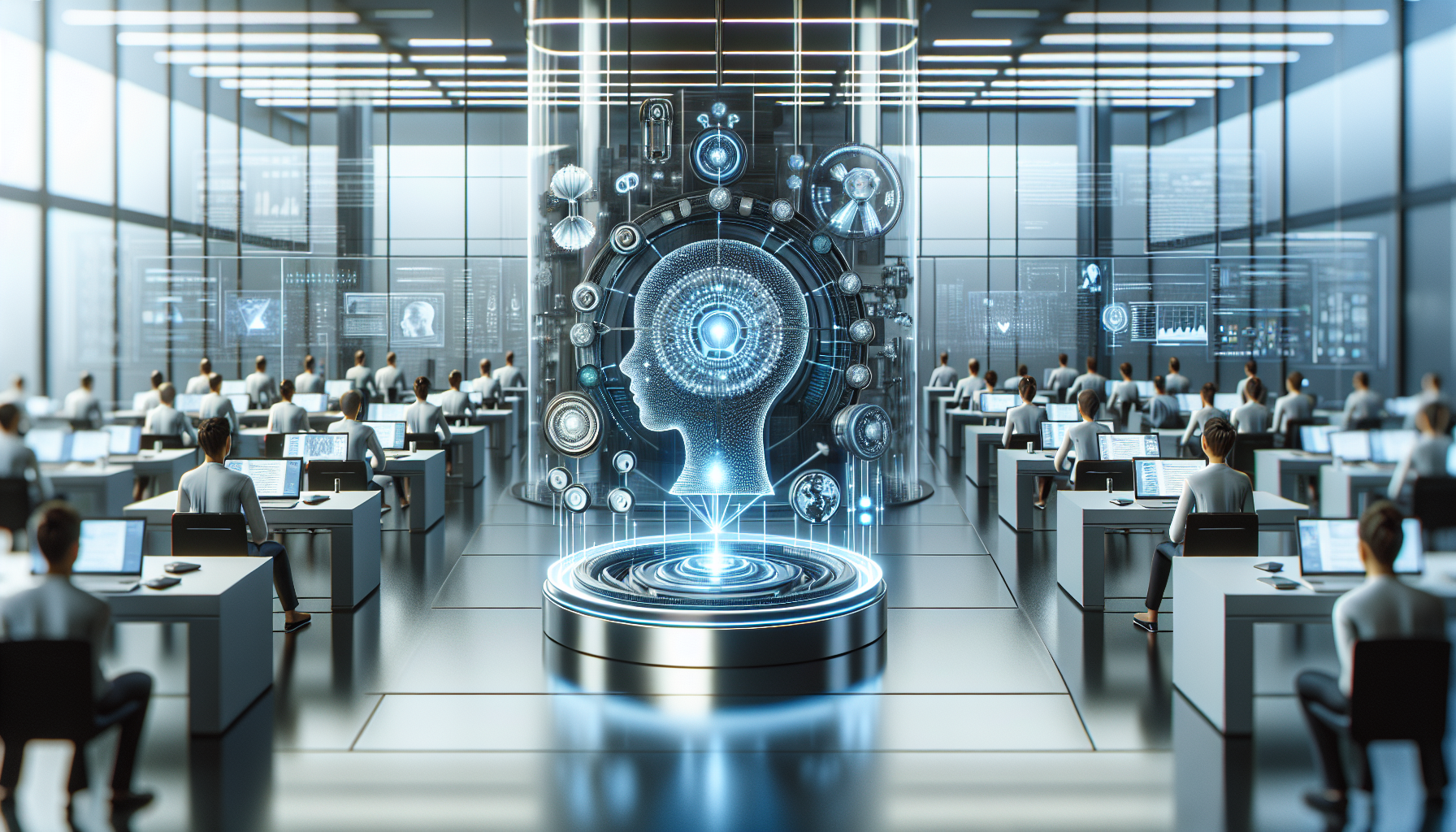
Quantum Computing and AI: The Dynamic Duo Shaping Our Future
April 7, 2025
Imagine a world where artificial intelligence is not just a robust tool but a supercharged entity capable of solving complex problems in the blink of an eye. This isn't the plot of a sci-fi thriller but a glimpse into the burgeoning relationship between quantum computing and AI. Let's dive into how this powerful combination is on the verge of transforming industries and redefining the boundaries of what's possible.
The buzz around quantum computing and AI isn't just for tech enthusiasts. It's a conversation that's reaching boardrooms, classrooms, and living rooms alike, capturing the imagination of anyone intrigued by the future of technology. But what makes this duo so compelling? At its core, quantum computing’s ability to process vast amounts of information at unprecedented speeds holds the key to unlocking AI's full potential.
To appreciate this synergy, let's first understand how quantum computing differs from the classical computers we use today. Traditional computers operate using bits, which are essentially tiny switches that can be either in the off position (0) or the on position (1). Quantum computers, however, employ qubits, which can exist in multiple states at once due to the principles of quantum superposition. This allows quantum computers to process information in a profoundly more efficient manner, tackling problems that are currently unsolvable.
Now, let's see how this plays out with AI. One of AI's most significant challenges is its insatiable hunger for data processing and analysis. Today, even the most advanced AI systems are limited by the computational power of classical computers. Enter quantum computing, and suddenly, these limits begin to blur. With the ability to handle complex datasets and perform intricate calculations at lightning-fast speeds, quantum computing promises to supercharge AI, leading to advancements that were once thought out of reach.
Consider the implications for industries like pharmaceuticals, where AI algorithms can sift through vast datasets to discover new drugs. The process, which currently can take years, might be condensed into mere months with quantum-enhanced AI. Similarly, in finance, quantum computing could revolutionize AI-driven models for risk assessment and fraud detection, crafting solutions that are not only faster but also more accurate.
Moreover, the potential of quantum computing to enhance AI isn't limited to sheer speed. Quantum algorithms could introduce new ways of machine learning, enabling AI to recognize patterns and make decisions that are far more sophisticated than today's capabilities. Imagine an AI system that doesn't just understand human language but can anticipate emotions and context in unprecedented ways, paving the way for more intuitive and empathetic human-computer interactions.
Yet, amidst the excitement, it's essential to acknowledge the challenges. Building and maintaining quantum computers is no small feat. They require a controlled environment at near-zero temperatures, and the technology is still in its nascent stages. There are also ethical considerations to explore, as the power of quantum-enhanced AI could be as disruptive as it is beneficial. Who controls this technology? How do we ensure it's used responsibly?
These are the questions that researchers, policymakers, and technologists are grappling with as they navigate this uncharted territory. The answers will shape not only the trajectory of quantum computing and AI but also the very fabric of our society.
As we stand at the cusp of this technological revolution, it's clear that the fusion of quantum computing and AI holds transformative potential. The journey is just beginning, and the road ahead is filled with both opportunities and challenges. How will we harness this power responsibly? What new horizons will this dynamic duo unveil?
In this unfolding narrative, one thing is certain: quantum computing and AI are not just part of the future—they are the architects of it. As we continue to explore this powerful combination, the possibilities are limited only by our imagination and our willingness to push the boundaries of innovation.


